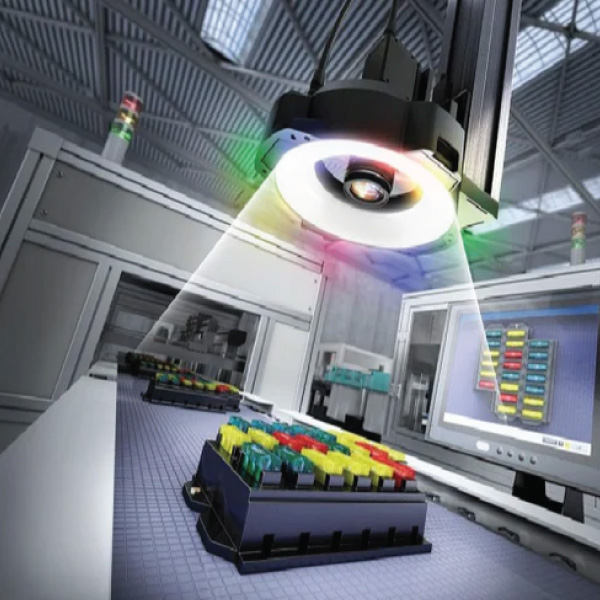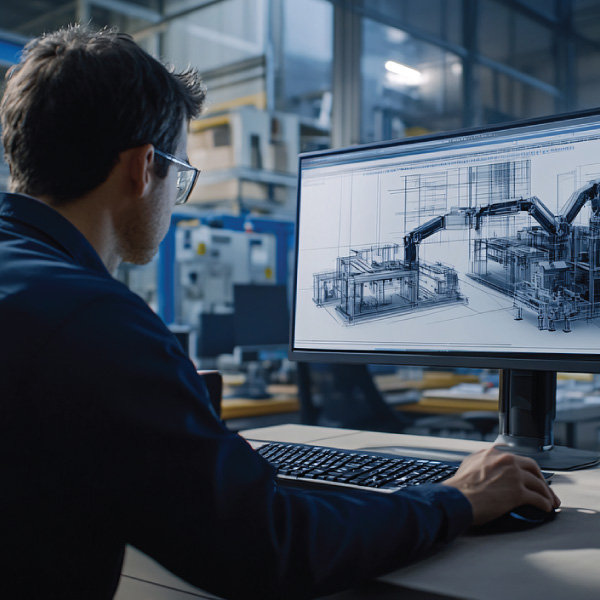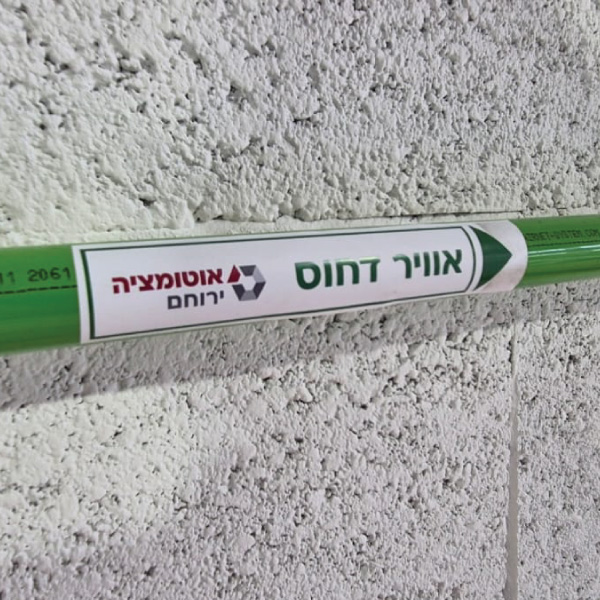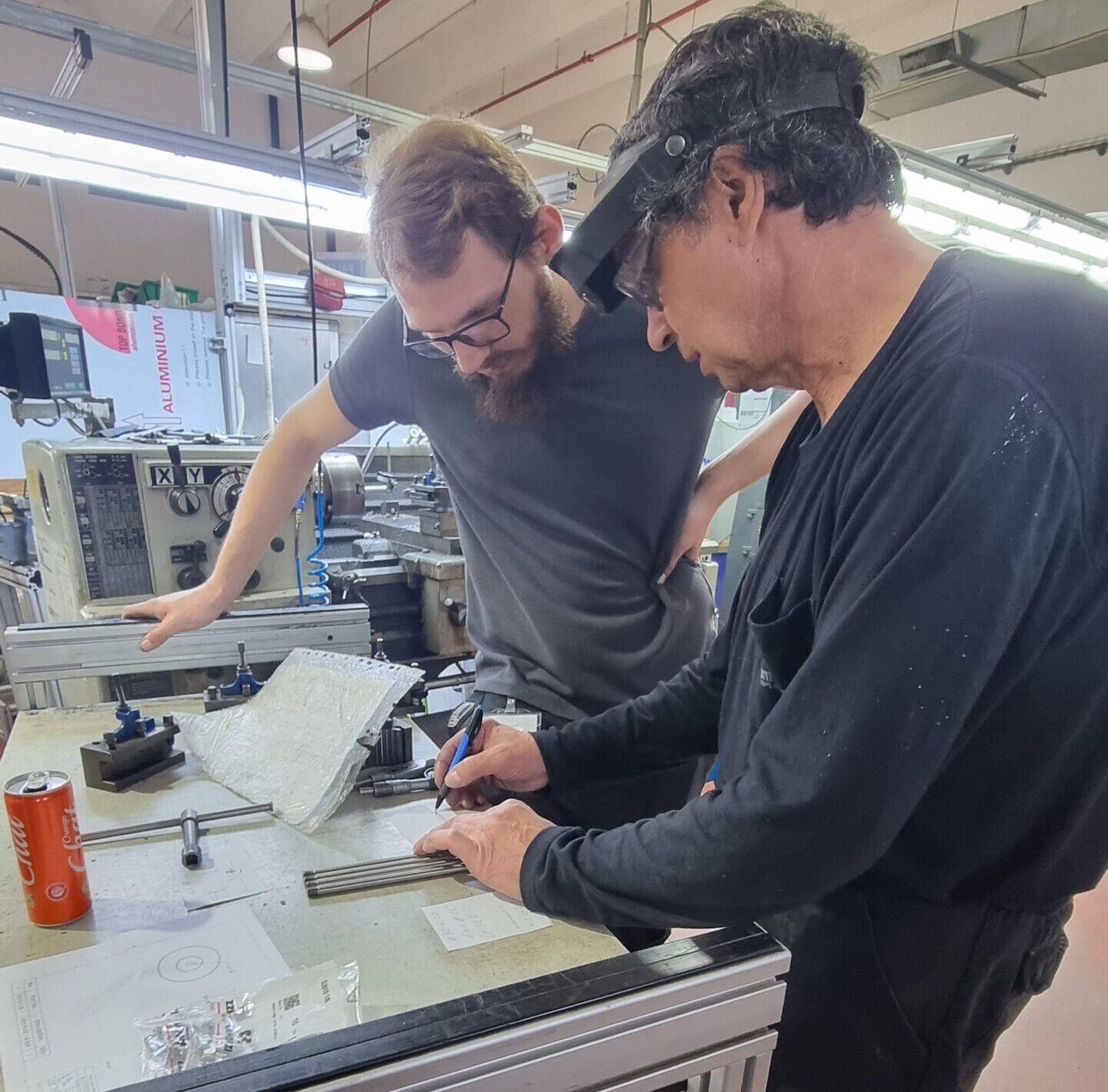In today’s industrial world, the distinction between “standard” furniture and industrial furniture is clear. While standard furniture is typically designed for basic comfort or office aesthetics, industrial furniture is built with a very different purpose: optimizing workflows, improving safety, and tailoring the production environment to the exact needs of the factory.
In this article, we’ll explore what makes industrial furniture unique, why customization is so important, which high-quality materials (such as aluminum profiles) form its foundation, and how advanced automation components can be seamlessly integrated. We’ll also highlight real-world examples that demonstrate the added value industrial furniture brings across different industries.
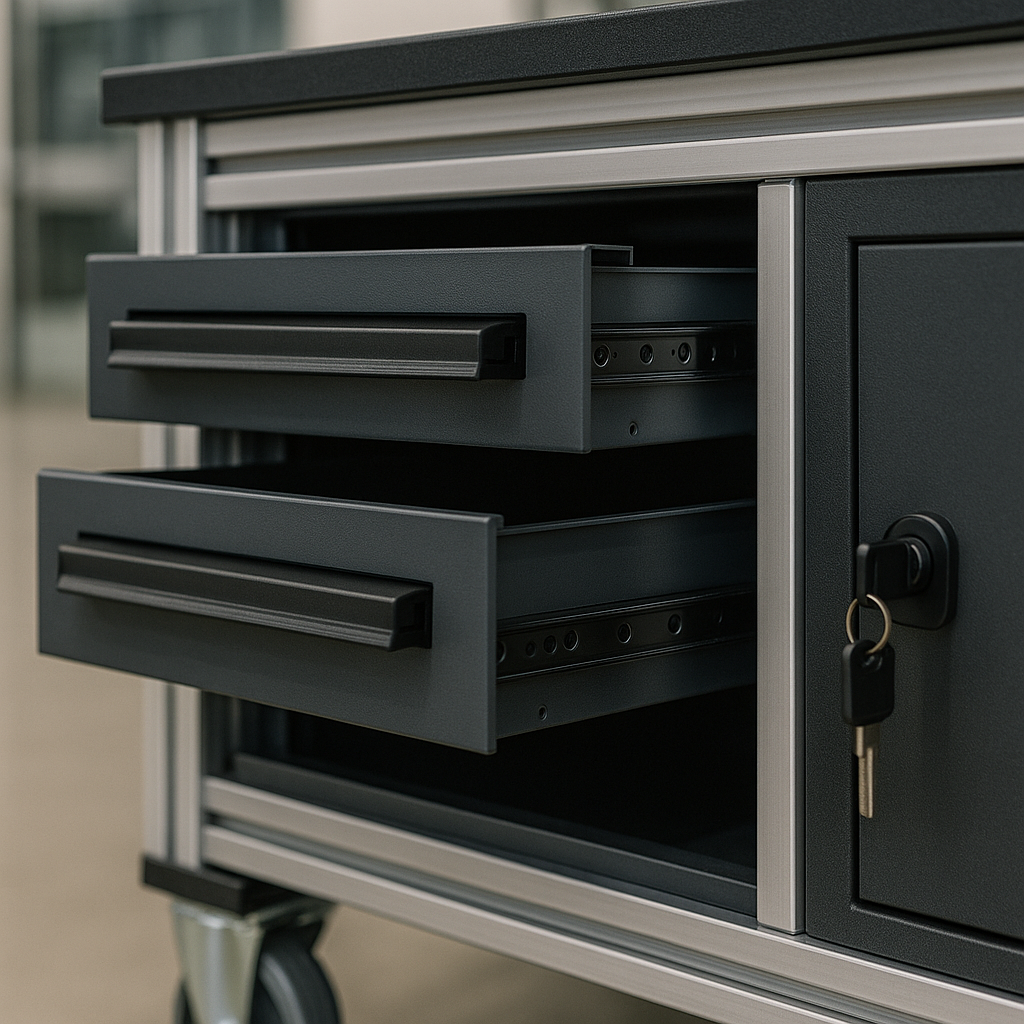
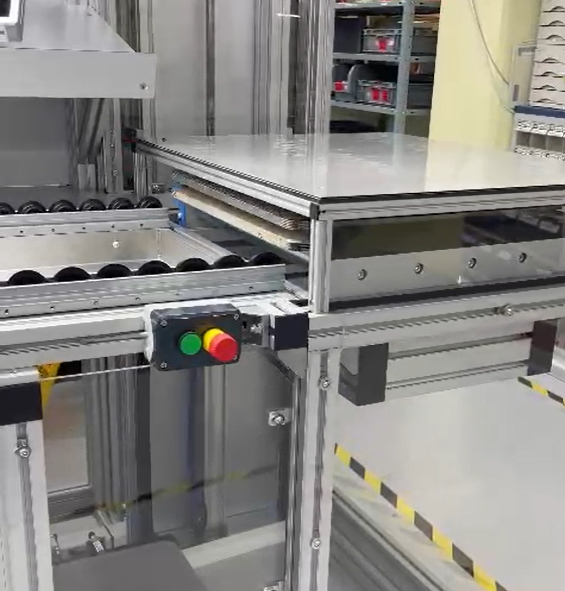

Customization – Furniture that Speaks the Factory’s Language
Industrial furniture is not a “one-size-fits-all” product. It is designed and manufactured specifically for each customer’s requirements—whether ergonomic workstations, modular production tables, or mobile carts for storage and transport. Customization allows factories to define exact specifications such as height, workspace area, technical add-ons, power connections, screens, lighting, and more—based on how employees actually use it.
This process is carried out in close collaboration between the customer and the manufacturer: the customer defines the needs on the shop floor, and the manufacturer designs and develops the solution. This ensures a perfect fit—from worker comfort to smooth integration within the production line.
High-Quality Materials – Aluminum Profiles as an Industrial Advantage
The backbone of modern industrial furniture is often the industrial aluminum profile, offering light weight, strength, corrosion resistance, and exceptional design flexibility. Using these profiles, manufacturers can build workbenches, cabinets, shelves, safety barriers, assembly stations, machine frames, and more—all in a modular format that can be easily modified, expanded, or upgraded.
Automation Integration – Furniture that Becomes Part of the Process
Industrial furniture does not stand alone; it becomes an integral part of the production system. It can incorporate:
- Conveyors and tracks for product transfer between workstations
- Collaborative robots (cobot-ready workstations) mounted directly onto production tables
- Smart storage units connected to ERP systems for inventory management
- Testing and measurement stations with advanced equipment embedded into the work surface
- Many other customized options
By embedding automation, furniture saves floor space, improves workflow efficiency, and eliminates wasted time caused by unnecessary worker or material movement.
Who Uses Industrial Furniture?
- Manufacturing lines at Siemens and Bosch in Germany – modular aluminum-based workstations integrated with automated conveyors that feed components directly to operators or robots.
- Automotive plants in Japan, such as Toyota and Honda – flexible work environments built with aluminum profiles, where tables and stations can be quickly adapted to different car models or versions.
- Pharma and biotech facilities in the U.S. – assembly and cleaning stations made from corrosion-resistant profiles with stainless steel surfaces, combined with mobile shelving and mini-conveyors to transfer vials and containers between production stages.
Conclusion
Customized industrial furniture is not a luxury—it is a strategic tool that enables factories to operate more efficiently, safely, and flexibly. With high-quality materials such as aluminum profiles, modular solutions, and seamless integration of automation, every factory can transform its workspace into a smarter, more comfortable, and more advanced production environment.
The Engineering and Production Department at Automation Yeruham is available for any questions or professional consultation on this topic.
